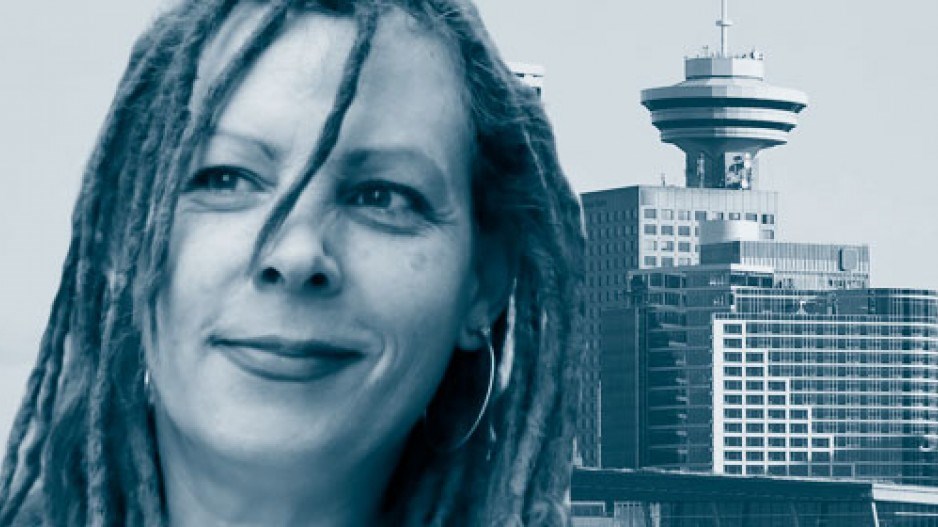Last year, Canada legalized cannabis. With the promise of a public health/science-based approach, many existing organizations and newer ones all formed in a queue with stars in their eyes, and their pencils sharpened, ready to tackle the licensing process.
Now, over a year later, they look more like Charles Dickens’ England, “like a trussed fowl: skewered through and through with office-pens, and bound hand and foot in red tape.”
While B.C. was hoping to transition its underground cannabis economy into a legal framework, and Health Canada was hoping to transition old Marihuana Medical Access Regulations producers to the new licence classes introduced, the number of new licences issued in these classes to date can be counted on one hand.
The few thousand applications Health Canada expected did not materialize. This would logically imply that those applications that did get submitted would be processed quickly, and to be fair, the first micro-production licence issued at the time of this writing did take only 55 days. Three months later, there are still less than 10. So what’s the holdup? Death by a thousand cuts.
Almost immediately, some B.C. cities moved to ban legal cannabis within their borders, as in Colorado and California. These cities will lose out on jobs and opportunities created and eventually will likely see the light. This doesn’t make it any easier for businesses located in those municipalities though.
Many other production facilities are in or attached to homes, which is not acceptable for most civic authorities. These existing businesses that government wanted to transition to become legal are now in the same boat as new startups – though they have already invested time and money in a setup that they can no longer use.
Moving or establishing a grow-op should be easy with all the land we have in B.C., but the Agricultural Land Commission (ALC) began throwing up hurdles.
Worried that farmers might stop growing food, the ALC passed rules to ensure that farmers could not easily add cannabis or hemp to existing farms. The effect this has had is to stop existing farmers from being able to help diversify their income and protect against fluctuating food prices. It also severely hampers efforts to allow hemp to be used as a rotational crop to help replenish soil. Both things are needed to help farms become more sustainable.
Health Canada then decided to require a facility to be fully built out before an application could be submitted, significantly increasing the amount of money entrepreneurs need to even find out if they would qualify for a security clearance. Those who had applied under previous rules now needed to obtain building permits for their applications to be processed.
Some cities were reluctant to issue those permits to anyone who did not have a Health Canada licence, which applicants couldn’t get without a building permit, which they couldn’t get without a Health Canada permit – ad infinitum. Many others had already been in the process of obtaining permits concurrently with the licensing application only to see their projected timelines more than triple from weeks to months.
While the federal government eased hemp rules, in many jurisdictions hemp was thrown back into a category with cannabis, which is after all the same plant. While this seems to make sense, the actual result has been to limit hemp production further. Metro Vancouver is currently working on trying to make all cannabis and hemp be grown inside, either in industrial-type buildings or sealable greenhouses. The municipal district suggests cannabis production leads to an increase in air pollution and that the solution is to use more power to grow plants indoors only.
On the retail front, with no new significant B.C. supply flowing through legal channels, the government has been understandably slow to license legal stores.
Those stores would be selling primarily non-B.C.-produced cannabis and competing with existing black- and grey-market stores – operations that sell local products, have a greater variety and, according to many, have products that are better quality.
And where do these stores go? They are zoned out of potential existence partly due to municipal distancing requirements that limit their presence near schools and community centres, each other and in some cases establishments that sell alcohol.
About nine months before cannabis legalization, B.C. loosened liquor licensing to make it possible for barbershops, salons, spas, cooking schools, art galleries and bookstores to be able to apply for a liquor licence. According to Statistics Canada, Vancouver and Victoria already had between one and 1.3 drinking establishments for every 10,000 people.
While some hospitals allow consumption for medical use, the only place people can legally consume cannabis is in their own homes, if they own them, and wherever they can smoke cigarettes. In reality, there are places where the only smoking allowed is for cigarettes.
These are just some of the major bureaucratic issues that B.C. cannabis businesses face, causing a slower rollout. They highlight the many cracks and fissures in a very divided system and the lack of clear leadership that is required on this file.
Treating cannabis more harshly than alcohol, tobacco, pharmaceuticals and industrial pollutants is not doing B.C.’s environment, or economy, any favours. In fact, it’s blocking most of the potential benefits that this plant can have on both. •
Jamie Shaw is a partner at Groundwork Consulting and chief communications and culture officer for Pasha Brands.




